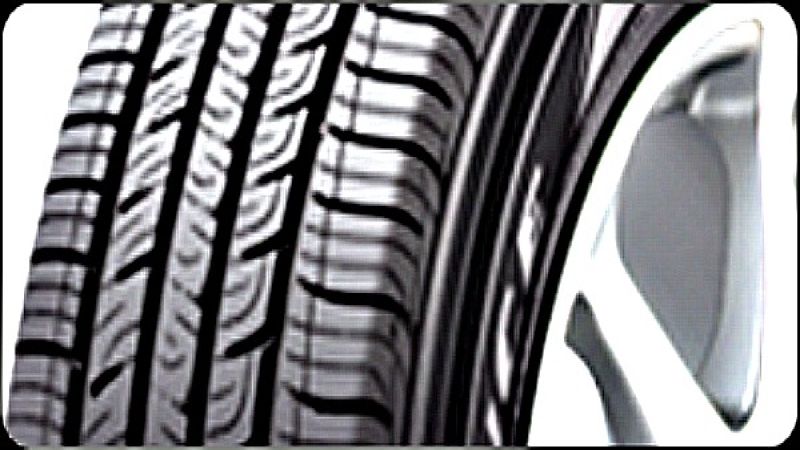It is important to inspect your tires regularly. But, do you know what you are looking for when you do your inspection, and why?
First, with your car parked on a nice, flat, level surface, look at them. Do they look low? Do you see any apparent nicks, scrapes or cuts? Run your hand over the surface of the sides and tread; do you feel anything? Sometimes a nail or other object can be stuck in your tread, but the tire may not be losing air yet, or may be losing it so slowly, the tire is not visibly low. So, doing an actual feel-check on occasion is a good idea, just in case. If you were to find something stuck in your tire, do NOT pull it out! Take your car (slowly and carefully) straight to your tire care professional; the tire may be able to be repaired.
After checking your tires visually, use a gauge and measure the air pressure in your tires. Your owner’s manual will give you the proper pressure for your tires, or you can look for a sticker on the driver’s side doorjamb or in the glove box. It is important that you keep your tires properly inflated, as running your tires too low can cause excessive treadwear on the outer edges of the tire. Running underinflated tires generates excessive heat, causing tires to age faster, decreasing their life on your car. Also, driving on underinflated tires means your car is working harder, due to increased resistance, leading to decreased fuel economy, and less money in your pocket. Who can afford that nowadays? On the other hand, if your tires are overinflated, the center tread will carry most of the car's weight, leading once again to more rapid deterioration of the tire and uneven wear.
Uneven wear is another problem you should be looking for when you do your regular visual inspection of your tires. As we’ve already mentioned, uneven tire wear can be a sign of improper inflation, or it could indicate another problem, such as misalignment of the front or rear wheels. Review your owner’s manual to find out the recommended alignment checks for your specific vehicle, or speak with your tire care professional—front-wheel-drive and independent rear suspension vehicles require alignment of all four wheels, not two. If you are seeing excessive or uneven wear on your tires, have your tires checked by a professional. Sometimes something as simple as a tire rotation can do the trick, but you will need a professional to identify and fix any misalignment, imbalance or mechanical problems before doing a rotation.
Checking your tires regularly is a great habit to get into, and only takes a few minutes of your time. How often? I check mine at least every couple of weeks; set a routine and schedule that works for you. And, don’t forget: Your spare may not be on the road, but it still needs a check now and then to be sure it is 100% when you need it to do its job! And, as long as you are checking your tires, why not think about these additional springtime maintenance checks as well!
Image: Goodyear










